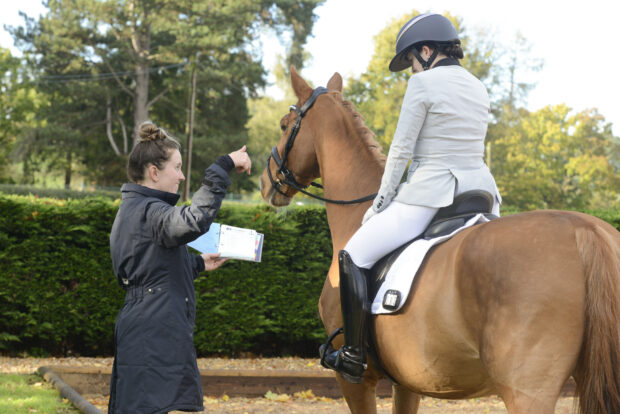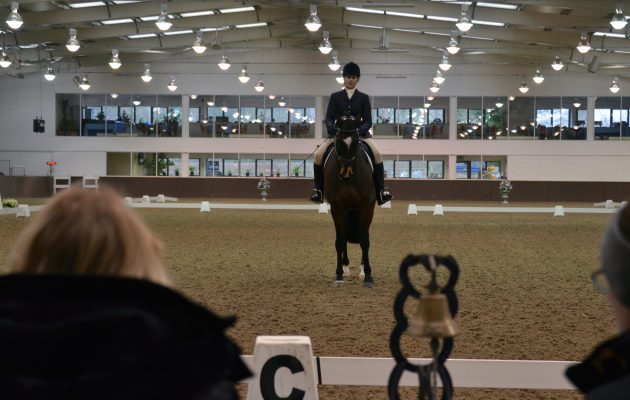Q: Can you tell me why the standard A, K, E, H, C, M, B, and F markers are used in a dressage arena?
NB, Essex
While dressage is thought to have been practised for hundreds of years, arena markers were not introduced formally into competition until the 1932 Olympic Games in Los Angeles, using a 60x20m arena.
Although there are several theories regarding the origins of the arena letters, including that they represent the initials of horses in the stable yard of the 17th century’s first Duke of Newcastle, William Cavendish, the most common theory is that the letters date back to the 18th-century kingdom of Prussia.
At this time, stable grooms at the Imperial Palace are said to have waited for their masters with their equine charges next to the letter that related to their master’s position or role, in German; for example, K for kaiser or king, R for ritter or knight, F for fürst or prince, and so on.
Various information sources are able to suggest sufficient German dignitary titles for the letters K, E, H, M, B, F, although it appears that the centre line letters, A, X and C, are absent.
There is no definitive answer as to why these centre line letters were introduced, other than to fill the gaps!
For standard-sized arenas, four further letters are used around the outside of the arena; V, S, R and P; and D, L, X, I and G are used down the centre line.
Again, there is no concrete answer as to why these letters were selected, although one theory is that they were introduced by 20th-century German cavalry officers.
This article was first published in Horse & Hound (4 Dec, ’08)



